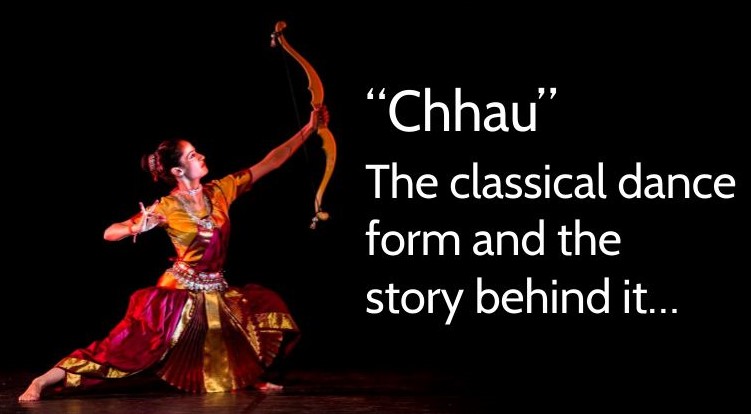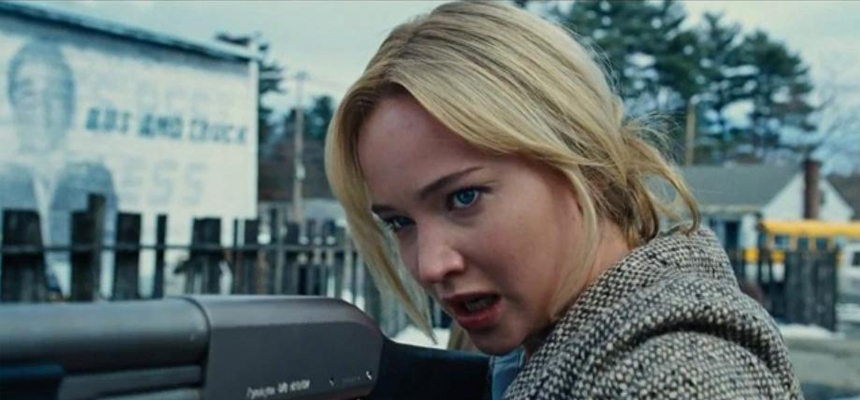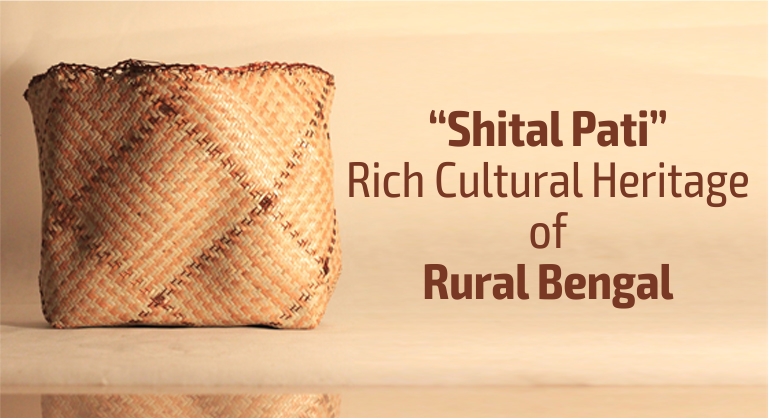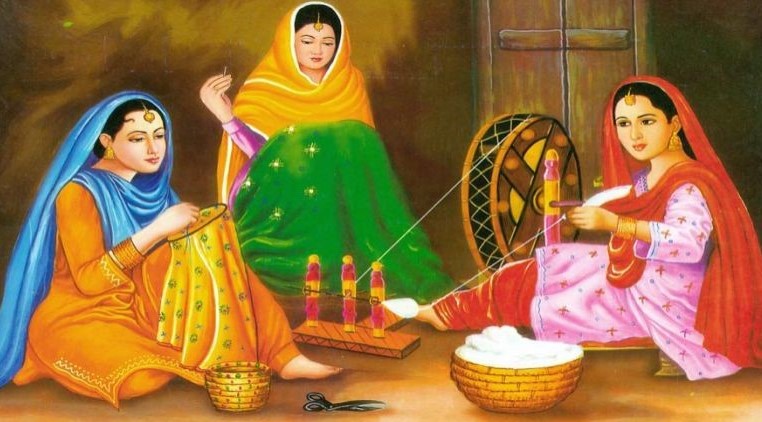I came across the charming glory of the “Chhaau” dance, two years ago, during my visit to Purulia. I was indeed, awestruck by the beauty and exclusivity of this tradition. Today, it is not only a tradition, but it is also a source of providing an income to women.
This dance form dates back to the reign of King Madan Mohan Singh Deo. Chhaau dance is a popular dance form of Bengal, Jharkhand and Odisha. This dance form is a mix of martial arts, acrobatics and athletics and they perform stories from Ramayana and Mahabharata and other old scriptures from Indian literature.
What is typical is that the dancers wear Chhaau masks!
Strangely, more than Chhaau dance, the chhaau masks are quite popular around the world. People like to exhibit such ornately designed masks in their drawing rooms, not only in India but also overseas. These masks of Chhaau dance is registered under Geographical Indications, which means that the product specifies a specific geographical location and it very rightly indicates that the Chhaau masks are the ‘pride of Purulia’. It is also included in the list of Intangible Heritage by UNESCO.
The tag of Geographical Indications of Goods has uplifted the status of artisans and made their art unique. UNESCO has uplifted the status of marginalised communities and provided them a livelihood of sustenance. The GI status is having a direct impact on 5000-6000 families in West Bengal.
These masks are made by artists of Sutradhar community and these artists have been in this profession from generation to generation. They make these masks with layers of soft paper, diluted glue, mud moulds and fine ash powder. I was privileged to see the making of these masks and all the artisans were quite proud had a sense of great pride, because they are involved in this unique art form. They were making the facial features with clay. They put so much effort in the making, and then all the masks are then dried in the sun and then polished. After the masks get a proper solid structure, they are coloured and adorned. These masks are made in Mukhosh Para or the village of mask makers.
This village is located in Baghmundi block which is 300 km away from Kolkata and this is a home to 500 families. Another village called Charida, which is 5kms away from Baghmundi village also holds 150 families who are masks artists. Many visit these villages to collect souvenirs and exhibit them in their drawing room walls. All the households of these villages are well versed with this art and has been involved in it for more than five generations. It’s a means of their livelihood and they are grateful to UNESCO to glorify it across the world.
There are a few NGOs who are working in these villages with women artisans and their families. They are trying to provide sustainable livelihood to these women which is empowering them to hold a position in the society. These women are also provided with training, so that they can be involved in income-generating activities.
Today, in Purulia, a yearly festival of Chhaau masks is hosted by Charida village in December and January. This yearly festival creates a source of revenue for villagers. Some craftsmen of Charida are quite famous and they have travelled to far-off lands with the mission to disseminate the art around the world. Chhaau dance carnivals occur in the month of March and April and the sales rise predominantly.
The West Bengal Government has taken up the responsibility to develop the indigenous art of Bengal and develop tourism by developing its art and culture. This plan is named as Biswa Bangla. Under this plan 46 artisans from the district of West Midnapore, Bankura and Purulia are provided with training and their products are commercialised. The Government aspires to increase the number of trainees, every three months. This initiative is to uplift the condition of poor artisans. They also arrange local fairs and display these exclusive products in Biswa Bangla stores all over the country.
Acceptance and recognition of the art is helping artisans to earn a livelihood for their sustainable existence. However, these artefacts of our country are certainly not loosing its shine and essence, specifically because our Government is working towards preserving its glorified existence.










